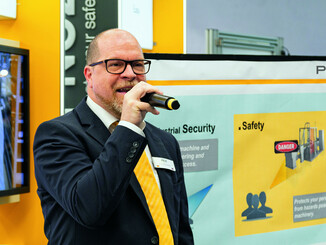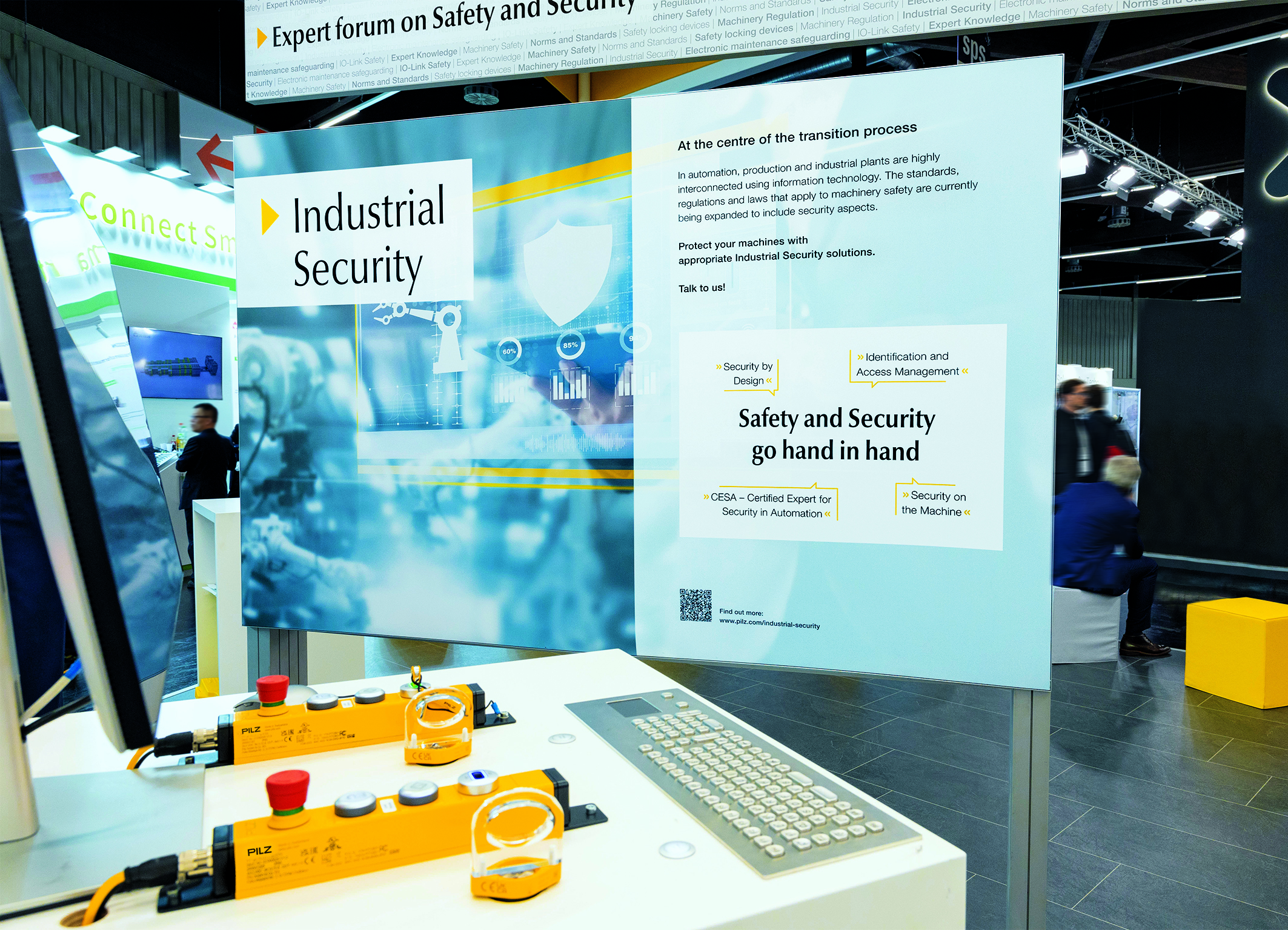
Almost four weeks ago, the “Machinery Regulation (EU) 2023/1230” (hereinafter: Machinery Regulation) was published in the Official Journal of the European Union. Machine manufacturers and operators have 42 months to meet the new requirements for machinery and equipment. The ordinance provides more specific guidelines on how to deal with significant changes to a machine as well as machines that require testing. It also takes into account the growing importance of digitalization and industrial security. Experts from Pilz support companies with a comprehensive range of services for the successful implementation of the innovations.
In the context of the functional safety of machinery, the Machinery Directive 2006/42/EC has always been of particular importance. This is because it deals with the standardization of fundamental and mandatory European safety requirements for machinery. Now newly published as the Machinery Ordinance, the specifications have been brought up to the current state of the art.
Cybersecurity as a duty
The new regulation continues to cover machines as well as associated products, but expands the safety components to include software. It provides more clarity as to when a significant change to existing machinery and equipment exists and therefore a new CE conformity assessment must be carried out. The rule here is that users become manufacturers as a result of a significant change – with all the obligations.
For example, the new Machinery Regulation lists six categories of machinery under “potentially high risk machinery” – including in relation to artificial intelligence – for which machine manufacturers can no longer declare conformity themselves in conjunction with a harmonized standard, as was previously the case. In the future, a notified body must be consulted for this purpose.
New: In contrast to the Machinery Directive, the Machinery Ordinance includes the protection goal of cybersecurity in the “essential health and safety requirements (EHSR)” as “protection against corruption” in addition to the pure consideration of safety. Cybersecurity threats must not compromise the security functions of the machine. For some manufacturers, this entails a revision of their previous safety and security concepts.
Up to date
There are also simplifications: Digital operating instructions as well as digital EU declarations of conformity are possible under certain general conditions. The paper form only needs to be supplied at the customer’s request. “In summary, the new regulation takes into account the technological changes of recent years,” Klaus Dürr, Vice President Standards Group at Pilz. “With the specified ‘transition period’ of 42 months, the standards bodies now have a lot of work ahead of them. It therefore remains exciting to see whether the relevant standards will be available as harmonized standards by the time the Machinery Ordinance becomes mandatory.”
Machine manufacturers and operators are not alone
Pilz has been supporting machinery manufacturers for years with a comprehensive range of services for machine safety, from safety analysis to validation and CE marking. Pilz experts advise customers on a significant change to plant and machinery in accordance with the requirements of the Machinery Ordinance. Pilz is also keeping an eye on the new normative requirements for security – because industrial security ensures the integrity of safety on the machine: To this end, the company has expanded its range of services to include corresponding training courses in the area of industrial security.
Web:
www.pilz.com



